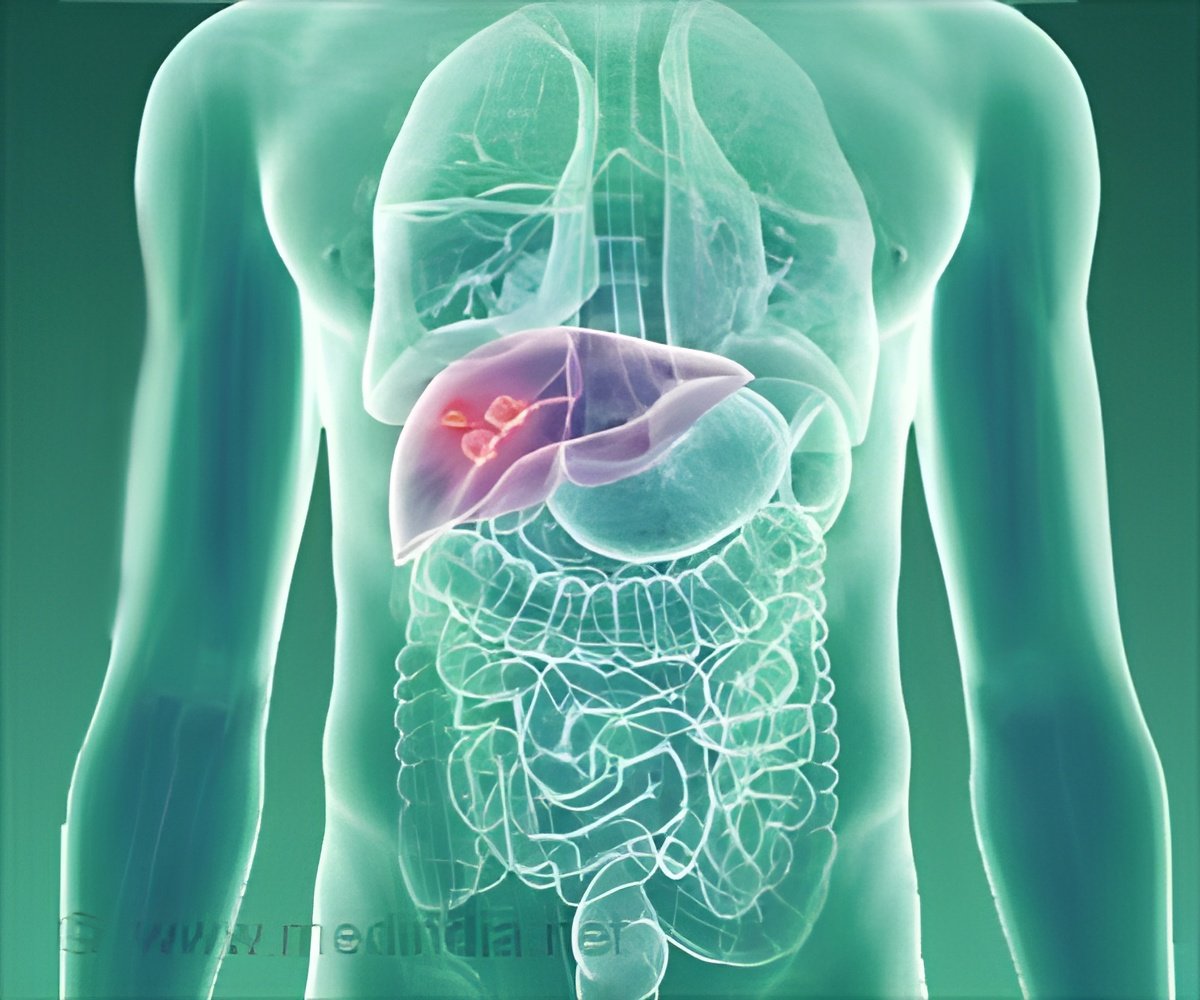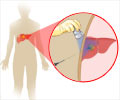Study identifies the fusion of two genes called the chimeric to be driving genetic factor for fibrolamellar hepatocellular carcinoma.

The chimeric gene, which Simon's lab first characterized three years ago, has been found in each of the hundreds of FL-HCC patients tested for the mutation.
A disease mechanism revealed
Having confirmed the chimeric gene as a hallmark of the disease, Simon set out to explore if and how it may cause these malignant tumors. He worked with Scott Lowe, a cancer geneticist at the Memorial Sloan Kettering Cancer Center, to develop a mouse model of FL-HCC.
In work published in the Proceedings of the National Academy of Sciences, the scientists used CRISPR gene editing, a highly precise tool for manipulating DNA, to generate mice that carry the 400,000 base-pair deletion and produce the chimeric gene. Edward Kastenhuber, a graduate student in Lowe's lab, found that these mice develop liver tumors that mimic the biology of the tumors found in humans with FL-HCC, suggesting that the deletion is in itself sufficient to cause the cancer--other alterations are not necessary for tumors to grow.
However, this experiment left open the question of precisely how the deletion spurs cancer: by eliminating genes that normally would suppress the growth of tumors, or by introducing the chimeric gene. Another experiment, in which mice with the fused gene but no deletion in the genome developed tumors, proved that it's the mutation, not the missing DNA as such, that causes the disease.
Advertisement
New concepts for therapy
Advertisement
The researchers showed that disruption of the fused gene's kinase activity impaired the formation of tumors in mice--a finding that has strengthened their confidence that agents aimed at targeting this activity or its consequences might be effective against FL-HCC.
The team is also studying the effects of targeting a number of cellular signaling systems that have previously been implicated in other cancers, and that speed tumor growth when they become overactive in FL-HCC patients. And they will be using their new mouse model as a system to test the effectiveness of new therapies prior to initiating clinical trials in patients.
Simon first became interested in FL-HCC nine years ago, when his 12-year-old daughter Elana was diagnosed with the disease. (Now 21, Elana is a senior at Harvard, and a lead author on earlier reports characterizing the genomics of the disease.) He continues to embrace the challenge the cancer presents and attributes the latest breakthroughs to an "incredible perfect storm" of advances in all of the sciences, thanks to decades of public investment in basic research.
"Here's a cancer where, five years ago, we didn't know if it was one disease or many diseases lumped together," Simon adds. "We didn't know if it was inherited or if it was due to a sporadic mutation. And now we know exactly what the driver is and how it works, and we can start designing therapeutics."
Source-Eurekalert














